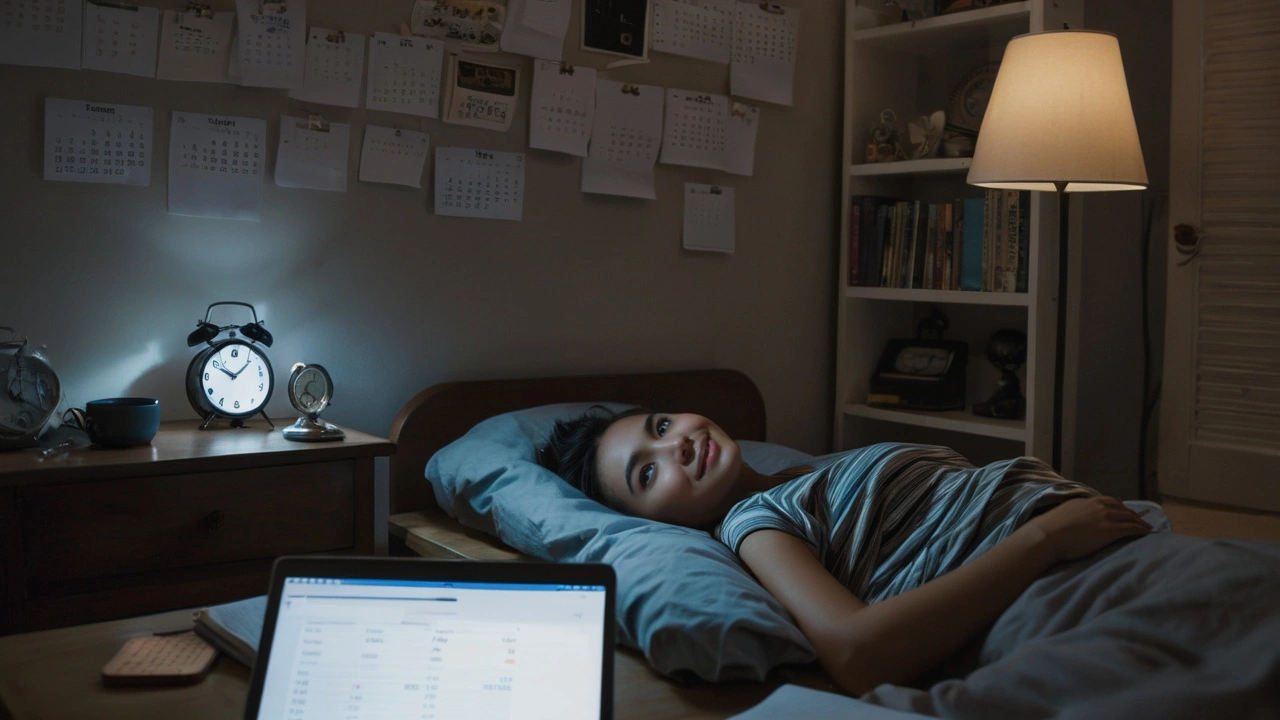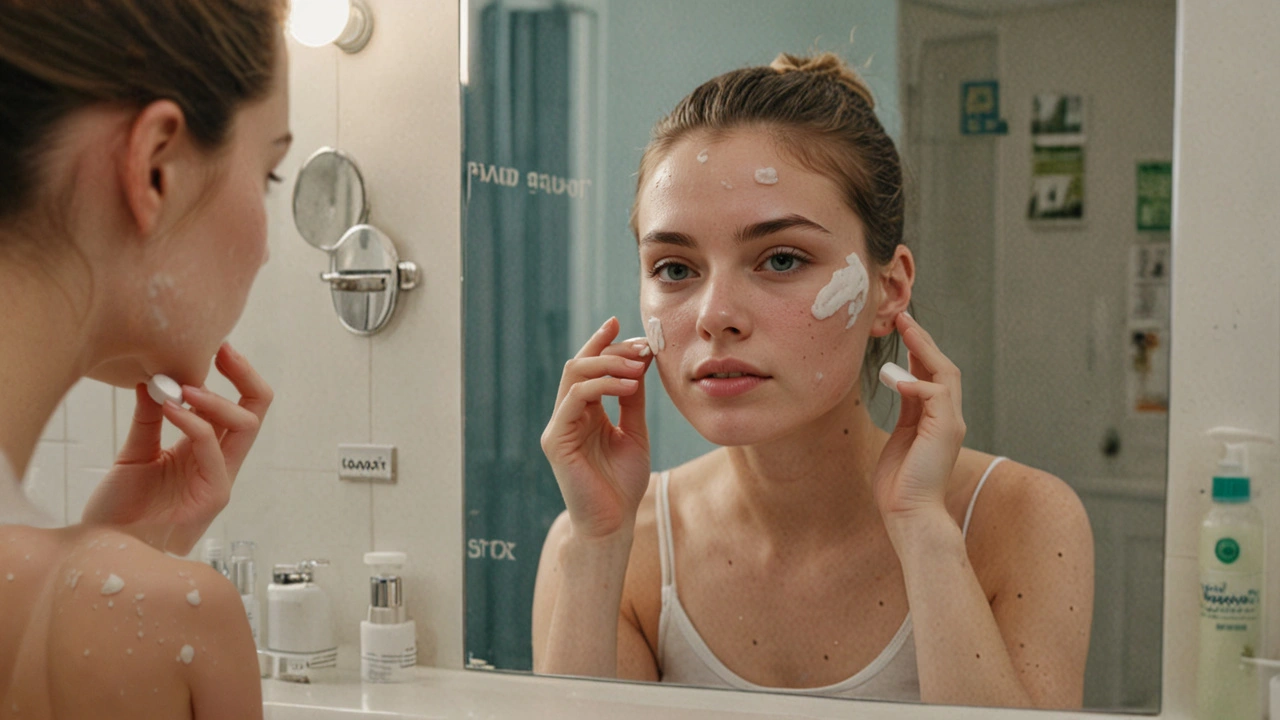If you’re scrolling through our July posts, two things stand out: catching a sleep‑clock problem early can change your day‑to‑day life, and not every acne treatment works the way you think. Let’s break down what we shared so you can use it right away.
Delayed Sleep Phase Syndrome (DSPS) isn’t just “being a night owl.” It pushes your natural sleep window later, making school, work, or social plans feel impossible. The earlier you spot the signs – like constantly missing alarms, feeling wired at midnight, and crashing early in the afternoon – the quicker you can reset.
Early detection lets you try light therapy, melatonin timing, or simple schedule tweaks before the disorder spirals. People who start treatment within a few months often report better focus, steadier moods, and fewer missed appointments. In short, catching DSPS early means you can line up your sleep with society’s clock instead of fighting it.
Practical steps are easy: keep a two‑week sleep log, avoid screens an hour before bedtime, and expose yourself to bright light first thing in the morning. If those habits don’t help, a short melatonin dose 30 minutes before your target bedtime can jump‑start the shift. Most readers find that combining light exposure with consistent wake‑up times does the trick.
Fungal acne looks like regular breakouts – red bumps and whiteheads – but it’s caused by yeast overgrowth, not clogged pores. Because of that, classic acne fighters such as benzoyl peroxide often miss the mark.
Benzoyl peroxide kills bacteria and dries out oil, so it works great on typical pimples. When it meets Malassezia (the yeast behind fungal acne), its oily base can actually feed the fungus, making the rash linger or worsen. Most dermatologists suggest swapping to antifungal shampoos, topical azoles, or even over‑the‑counter selenium sulfide creams.
If you still want benzoyl peroxide in your routine, use it only on non‑fungal spots and keep the rest of your skin regimen fungus‑friendly: avoid heavy moisturizers with fatty acids, wash daily with a gentle cleanser, and limit occlusive makeup. Many readers have cleared their skin by pairing an antifungal cream for the yeast patches while reserving benzoyl peroxide for stubborn bacterial acne elsewhere.
Bottom line? Identify whether your breakouts are fungal first. If they are, skip the peroxide and reach for a targeted anti‑yeast treatment. If you’re unsure, a short trial of both—using them on separate areas—can reveal which works for your skin.
These two July posts show how tiny adjustments – a sleep log or a smarter acne product pick – can have big payoffs. Keep an eye on your body’s signals, try the simple fixes we mentioned, and you’ll likely see faster results than digging through vague advice.

